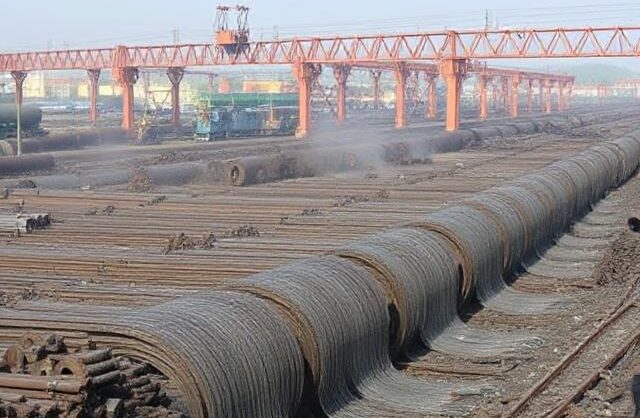Domestic steel prices in India have fallen to levels not seen in five years, with hot rolled coil and TMT rebar trading around forty-six thousand five hundred to forty-seven thousand one hundred fifty rupees per tonne in the wholesale market. This decline marks a significant shift in pricing trends and is comparable to levels observed during the pandemic, when hot rolled coil was around forty-six thousand rupees per tonne.
The fall in steel prices has been largely attributed to a surge in imports combined with weak export demand. Increased availability of imported steel has created competitive pressures on domestic producers, contributing to the downward trend. At the same time, subdued international demand has reduced opportunities for Indian exporters, further affecting pricing dynamics.
The decline has notable implications for infrastructure and the broader steel supply chain. For infrastructure contractors and builders, including those working on bridges, highways and large-scale construction projects, the lower prices may provide cost relief and opportunities to manage budgets more effectively. However, for steel producers, persistently low selling prices against elevated costs for raw materials and energy may squeeze profit margins. Reduced profitability could impact production capacity and lead to potential delays in meeting long-term project requirements.
The market scenario may also influence sourcing strategies for infrastructure projects. Contractors could choose to lock in cheaper domestic purchases or turn to imports, though both options carry policy and regulatory considerations. The current environment raises questions about whether the price drop is a short-term cyclical phenomenon or a sign of deeper, structural weakness in demand.
Industry stakeholders are closely monitoring developments to assess the impact on production, supply reliability and procurement planning. For steel fabricators, re-rollers and infrastructure project planners, understanding these trends is crucial to navigating potential challenges and ensuring efficient allocation of resources in the coming months.




